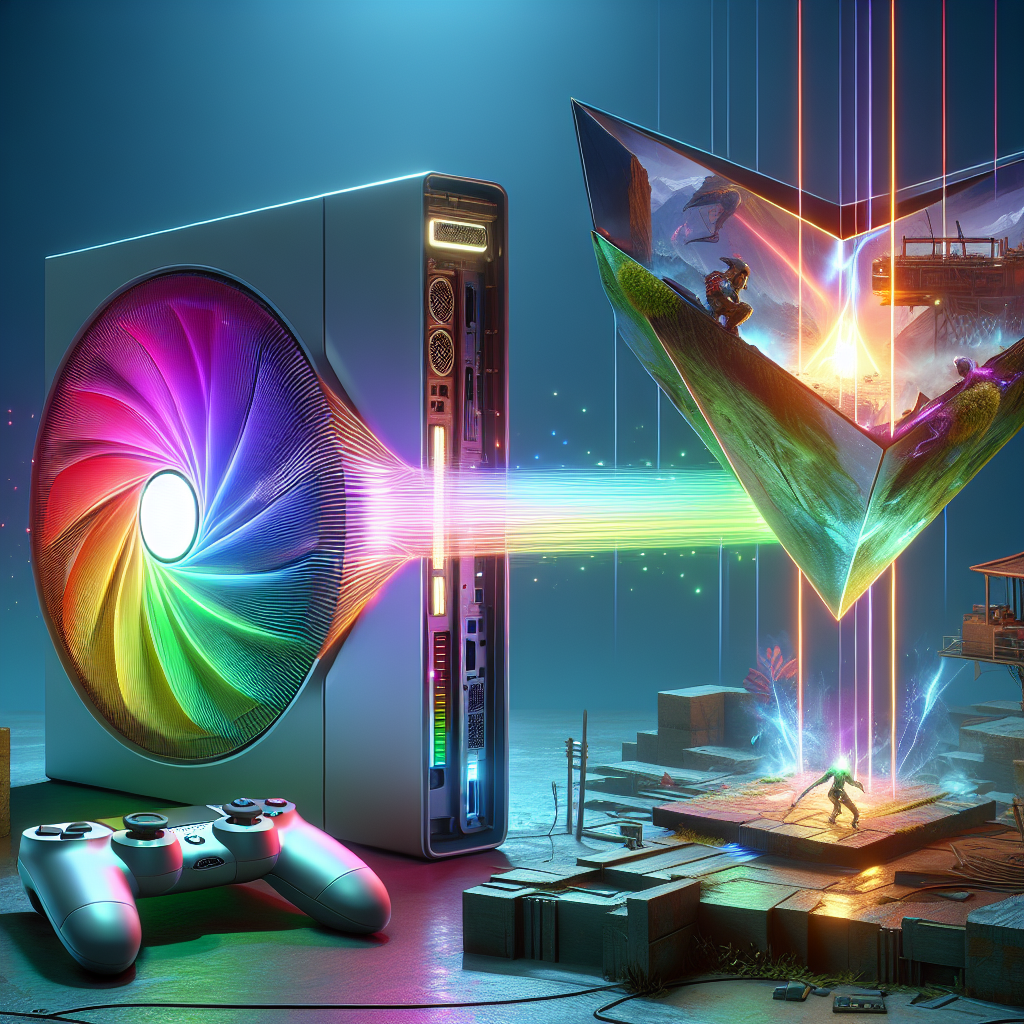
What is the role of shader cores in gaming graphics performance?
Shader cores are a fundamental component in modern graphic processing units (GPUs) and play a critical role in determining gaming graphics performance. To understand their impact, it’s essential to delve into their functions, types, and advancements. This article provides a comprehensive overview of shader cores and their significance in gaming.
Understanding Shader Cores
Shader cores, often referred to as shaders, are specialized processing units within a GPU. They are responsible for executing shader programs that dictate how pixels are rendered on the screen, how lighting is applied, and how textures are mapped. Shaders perform multiple tasks, including vertex processing, pixel shading, and geometry shading.
The Role of Shader Cores in Gaming
When we talk about gaming graphics, shader cores are at the heart of visually stunning and immersive experiences. Here’s how they contribute:
- Vertex Shading: Handles the processing of individual vertices in 3D models, including transformations and lighting calculations.
- Pixel Shading: Manages the color and lighting of individual pixels, crucial for rendering lifelike images.
- Geometry Shading: Creates and manipulates geometric shapes within gaming environments.
- Tessellation: Adds detailed geometry to models, improving visual complexity and realism.
Types of Shader Cores
Shader cores come in different types, classified based on the tasks they perform:
- Vertex Shaders: These process each vertex’s position and other attributes.
- Pixel Shaders: These calculate the color, texture, and lighting of each pixel.
- Geometry Shaders: These can add or modify geometry in the scene.
- Compute Shaders: These are generalized shaders used for tasks beyond graphics, such as physics calculations and AI.
- Tessellation Shaders: These divide surfaces into smaller patches, allowing for more detailed models.
Table: Types of Shader Cores and Functions
| Type | Function |
|---|---|
| Vertex Shaders | Process vertex position and other attributes |
| Pixel Shaders | Calculate pixel color, texture, and lighting |
| Geometry Shaders | Add or modify geometry in the scene |
| Compute Shaders | Handle tasks beyond graphics, such as physics and AI |
| Tessellation Shaders | Divide surfaces into smaller patches for detail |
Advancements in Shader Technology
Shader technology has evolved significantly over the years. Modern GPUs boast thousands of shader cores, working in parallel to deliver high-resolution graphics, ray tracing, and more. Companies like NVIDIA and AMD continually push the envelope, introducing features like:
- Ray Tracing: Allows for realistic lighting, shadows, and reflections by simulating the way light interacts with objects.
- DLSS (Deep Learning Super Sampling): Uses AI to upscale lower-resolution images, providing higher visual fidelity with less performance cost.
- Variable Rate Shading: Adjusts the shading rate in different areas of the scene to optimize performance without sacrificing visual quality.
The Impact on Gaming Performance
The number and efficiency of shader cores directly impact gaming performance. High-end GPUs with more shader cores can handle more complex calculations, providing smoother gameplay and higher frame rates. It’s not just about the quantity of shader cores but also their quality and how well game developers optimize their games to leverage these cores.
Considerations for Gamers
When choosing a GPU for gaming, consider the following:
- Shader Core Count: Look for GPUs with a higher number of shader cores for better performance.
- Architecture: Newer architectures typically offer better efficiency and features.
- Compatibility: Ensure that your chosen GPU supports the latest gaming technologies like ray tracing and DLSS.
- Cooling and Power: High-performance GPUs generate more heat and consume more power, so adequate cooling and a robust power supply are essential.
Conclusion
Shader cores are the building blocks of modern gaming graphics. They transform digital data into the breathtaking visuals gamers enjoy today. With the continuous advancements in shader technology, the future of gaming graphics looks incredibly promising. As carefullly as game developers utilize these cores, the more immersive and realistic the gaming experience will become.
Understanding the role and importance of shader cores can help gamers make informed decisions about their hardware, ensuring the best possible performance and visuals in their gaming adventures.
